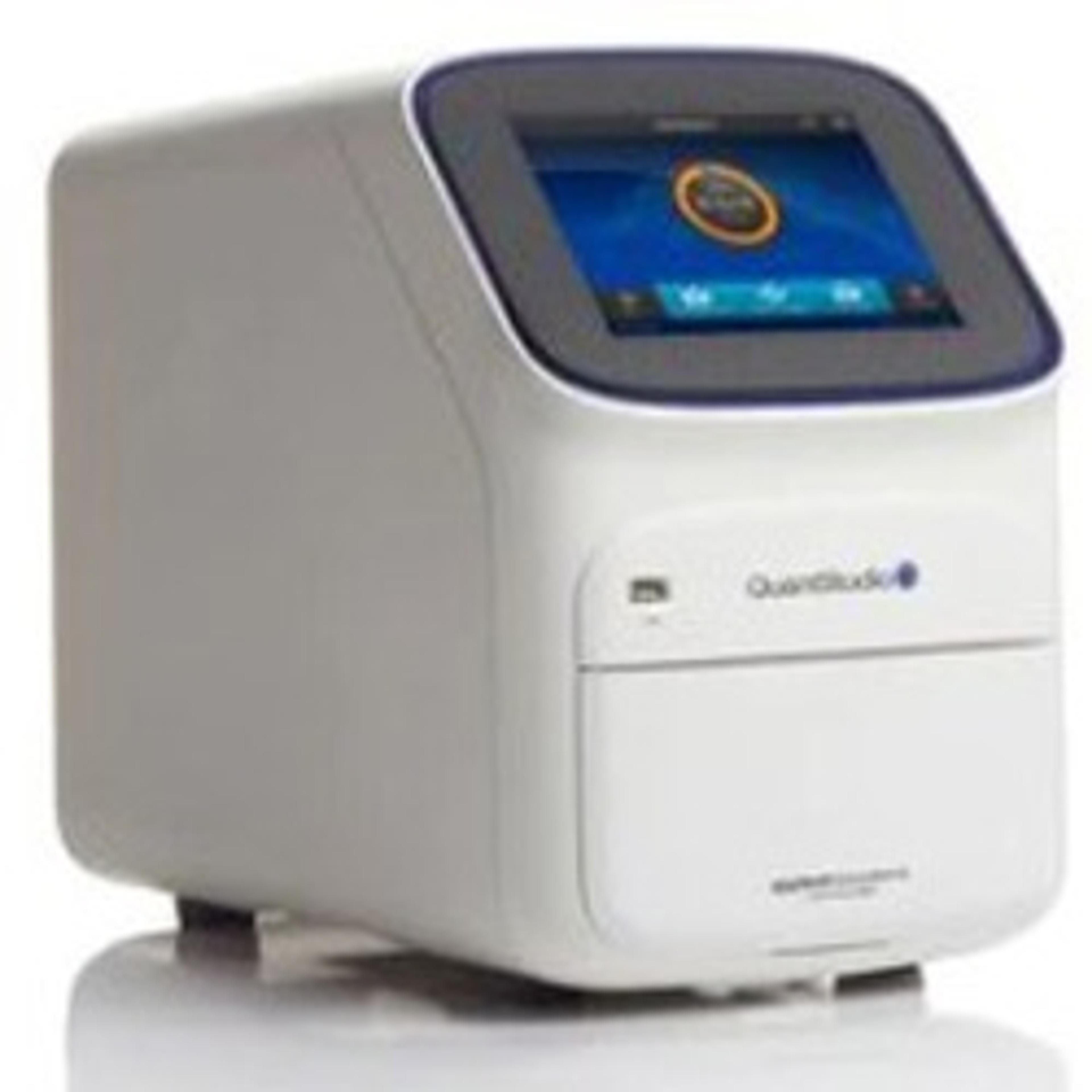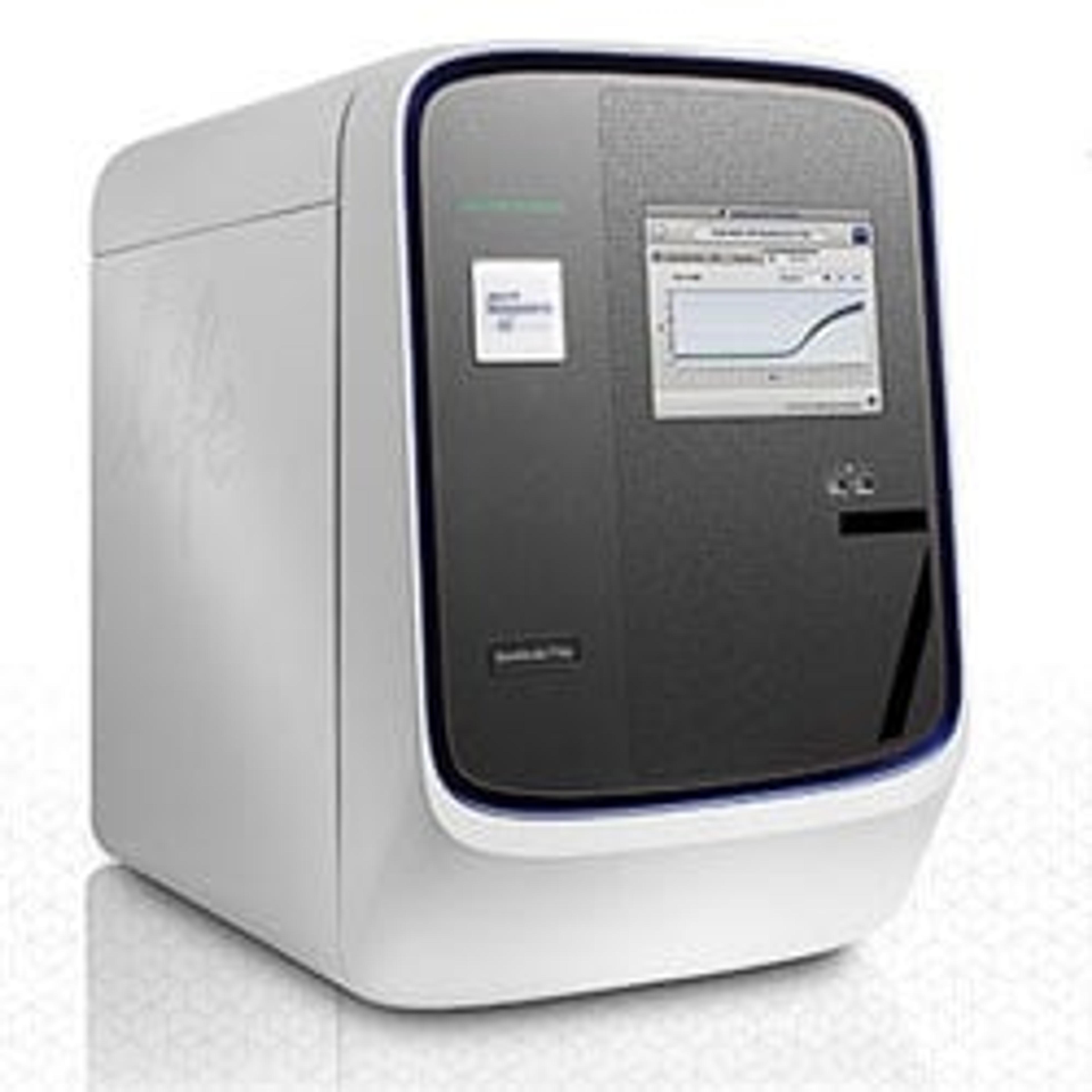Thermo Fisher Scientific adds digital PCR to genetic analysis capabilities
The Applied Biosystems QuantStudio Absolute Q Digital PCR System is the first fully integrated digital PCR (dPCR) system designed to provide highly accurate and consistent results within 90 minutes
21 Sept 2021dPCR has quickly become the standard for nucleic acid quantification in oncology, cell and gene therapy development and other research applications because its absolute quantification enables higher accuracy and precision. Thermo Fisher recently acquired Combinati and its cutting-edge dPCR technology to rapidly develop and commercialize it alongside an expanding portfolio of assays.
Biotech companies and academic institutions already use the dPCR technology that powers the QuantStudio Absolute Q solution for longitudinal monitoring of cancer-driving mutations in liquid biopsy, precise quantification of gene inserts for cell therapy development, and copy number variation studies for earlier identification of genetic conditions in newborns.
Mark Stevenson, Executive Vice President and COO of Thermo Fisher Scientific, said: "These early adopters of dPCR technologies have faced limitations, including error-prone operation, imprecision and poor turnaround times. For our customers, the QuantStudio Absolute Q Digital PCR System overcomes these limitations and provides an industry-best dPCR platform to enable accelerated innovation in cancer research, rare diseases and much more."
Philip Lee, Chief Technology Officer of Senti Biosciences, also adds: "Accurate measurement of genetic biomarkers is critical to Senti Biosciences' gene circuit technology. We adopted this novel solution for its fast and simple workflow, which makes a significant difference in quickly generating consistent and accurate data. It was straightforward to implement, and new users can generate the data that we need with ease."
Unlike complex, multi-instrument workflows required for traditional dPCR, the QuantStudio Absolute Q System uses microfluidic array technology and simplified workflows designed to improve data accuracy and consistency. Hands-on time is just five minutes, minimizing the risk of user error.
For more of the latest science news, straight to your inbox, become a member of SelectScience for free today>>



